AvaxHome Music CommunityRequests for Music |
| Su | Mo | Tu | We | Th | Fr | Sa |
|---|---|---|---|---|---|---|
| 29 | 30 | 1 | 2 | 3 | 4 | 5 |
| 6 | 7 | 8 | 9 | 10 | 11 | 12 |
| 13 | 14 | 15 | 16 | 17 | 18 | 19 |
| 20 | 21 | 22 | 23 | 24 | 25 | 26 |
| 27 | 28 | 29 | 30 | 31 | 1 | 2 |
Attention❗ To save your time, in order to download anything on this site, you must be registered 👉 HERE. If you do not have a registration yet, it is better to do it right away. ✌

SpicyMags.xyz

SpicyMags.xyz
AvaxHome Music Community Requests
Date: 31 Dec 2009 23:59:00
The Flonzaley Quartet Play Romantic Masterpieces · Schubert · Mendelssohn · Schumann · Brahms [2 CDs] [Re-up]
Date: 31 Dec 2009 23:30:05
The Flonzaley Quartet Play Romantic Masterpieces · Schubert · Mendelssohn · Schumann · Brahms
EAC rip | FLAC, IMG+CUE, Logs | 2 CD's | 533 MB | Full 300 dpi scans | WinRar Rec. 5%
Label: [OOP] Biddulph # LAB 072/73 | Rec. dates: 1925-29 | Released 1992
EAC rip | FLAC, IMG+CUE, Logs | 2 CD's | 533 MB | Full 300 dpi scans | WinRar Rec. 5%
Label: [OOP] Biddulph # LAB 072/73 | Rec. dates: 1925-29 | Released 1992
From the notes: The two pianists featured in the Flonzaley recordings of piano quintets were amongst the most interesting artists of their time. Both were longtime associates of the quartet, both on and off stage, as well as friends of each other (together they formed a celebrated two-piano team). Harold Bauer [born London, 28 April 1873; died Miami, 12 March 1951) was virtually self-taught as a pianist In his delightful memoirs he wrote of his earliest musical sensations which included a one-man band: "That, to me, was real magic; and I longed unspeakably to grow up and conquer my fear of the sounds, so that I could wield the power they possessed …." It was the opening of Brahms' piano quintet. … [i]Ossip Gabrilowitsch (born St. Petersburg, 7 February 1978; died Detroit, 14 September 1936) was a more orthodox pianist, the supreme keyboard poet of histime. He studied with Anton Rubinstein but also took compositions and theory courses from Navratil, Liadov and Glazunov at the Conservatory in his home city. After winning the Rubinstein Prize in 1894 he had further studies with Leschtizky in Vienna and made his début in Berlin in 1896. He was also a skilled conductor. He was the 'perfect fifth' for the Schumann Piano Quintet, a work which brought out his best qualities. This performance is the secondof two recordings he made with the Flonzaleys… written by Tully Potter
Georg von Albrecht, Piano Sonatas
Date: 31 Dec 2009 21:27:34
Birgitta Wollenweber, piano | Georg von Albrecht, Piano Sonatas
Ogg 256 kbs | Scans | RS | RAR | Mindawn | 105,7 Mb
Label: RS | 2000 | 1 CD | Classical, instrumental
Ogg 256 kbs | Scans | RS | RAR | Mindawn | 105,7 Mb
Label: RS | 2000 | 1 CD | Classical, instrumental
Jeanne Demessieux, Six Etudes, Sept Meditations sur le Saint-Esprit
Date: 31 Dec 2009 18:50:52
Maurizio Ciampi, organ | Jeanne Demessieux, Six Etudes, Sept Meditations sur le Saint-Esprit
Ogg 256 kbs | Cover | RS | RAR | Mindawn | 107,5 Mb
Label: Stradivarius | 1992 | 1 CD | Classical, instrumental
Ogg 256 kbs | Cover | RS | RAR | Mindawn | 107,5 Mb
Label: Stradivarius | 1992 | 1 CD | Classical, instrumental
Mozart Orgelwerke
Date: 31 Dec 2009 18:36:44
Martin Haselbock, organ | Mozart Orgelwerke
Ogg 256 kbs | Cover | RS | RAR | Mindawn | 95,2 Mb
Label: Novalis | 1988 | 1 CD | Classical, instrumental
Ogg 256 kbs | Cover | RS | RAR | Mindawn | 95,2 Mb
Label: Novalis | 1988 | 1 CD | Classical, instrumental
Tournemire à Notre-Dame de Paris
Date: 31 Dec 2009 18:17:06
Pierre Moreau, orgue | Tournemire à Notre-Dame de Paris
Ogg 256 kbs | Cover | RS | RAR | Mindawn | 82,8 Mb
Label: A. Charlin | 1967 | 1 CD | Classical, instrumental
Ogg 256 kbs | Cover | RS | RAR | Mindawn | 82,8 Mb
Label: A. Charlin | 1967 | 1 CD | Classical, instrumental
Louis-Gabriel Guillemain - Conversations Galantes
Date: 31 Dec 2009 17:18:33
Louis-Gabriel Guillemain - Conversations Galantes
Quartets for flute, violin, viola da gamba, cello and harpsichord
Classical, Baroque | 1 CD | EAC | FLAC, CUE, LOG (burned CD rip) | front-cover
Recorded: 12/2004, Post Chapel, San Francisco & St. Patrick's Seminary, Menlo Park
Released: 2005 | Label: Magnatune | TT: 63:52 | RS | 346 MB
Ensemble Mirable (Greer Ellison - flute, Elizabeth Blumenstock - violin,
Joanna Blendulf - viola da gamba, William Skeen - cello, JungHae Kim - harpsichord)
Louis-Gabriel Guillemain (1705-1770) was one of the foremost French violinists of the eighteenth century. […] He mastered a brilliant Italian technique and fiery style through his studies with Giovanni Battista Somis in Italy and after his return to France became one of the most popular and highest-paid court musicians of Louis XV […] Guillemain's Six sonates en quatuor (1743) were certainly inspired by Telemann's sonatas. […] [His] skill is evident in blending French dance rhythms with Italian vigor and German counterpoint. (George Houle, conversationsgalantes.com)
Joseph Haydn - La Vera Costanza (1976)
Date: 31 Dec 2009 17:11:29
Joseph Haydn - La Vera Costanza
DbPowerAmp, FLAC (tracks, no cue, no log) + MP3 (320 kbps CBR) | 570.42 M (FLAC) + 293.96 Mb (MP3) | 120:05 minutes | Full artwork & covers.
classical, opera | Philips Classics Records, Recorded at the Grande Salle, Epalinges, Switzerland in May 1976. Cd issued in 1993
DbPowerAmp, FLAC (tracks, no cue, no log) + MP3 (320 kbps CBR) | 570.42 M (FLAC) + 293.96 Mb (MP3) | 120:05 minutes | Full artwork & covers.
classical, opera | Philips Classics Records, Recorded at the Grande Salle, Epalinges, Switzerland in May 1976. Cd issued in 1993
La vera costanza (“True Constancy”), Hob. 28/8, is an operatic dramma giocoso by Joseph Haydn. The Italian libretto was a shortened version of the one by Francesco Puttini set by Pasquale Anfossi for the opera of the same name given in Rome in 1776...
(Very Rare) Antimurga BCG - Sonrie , la BCG te ama (1984)
Date: 31 Dec 2009 16:47:18
(Very Rare) Antimurga BCG - Sonrie , la BCG te ama (1984)
Genre: Murga
63 Mb | MP3, 256 Kbps (V2 VBR) | Covers inside
Label: La Batuta| Released: 1984
Genre: Murga
63 Mb | MP3, 256 Kbps (V2 VBR) | Covers inside
Label: La Batuta| Released: 1984
En Uruguay la medicina y la industria farmacéutica reconocen en "BCG" a una vacuna. En las tablas de teatro y carnaval uruguayos, también. La fórmula la tiene Jorge Esmoris, uno de los creadores más talentosos y sorprendentes de nuestro país. Actor, director y dramaturgo, Esmoris mira sin piedad al ser humano con cinismo e ironía porque se reconoce un especimen más. Hace 25 años que la BCG viene inmunizando al público contra su falta de sorpresa y capacidad de asombro. En su versión carnavalera se definió desde sus inicios como "Antimurga BCG", desafiando las convenciones del género y proponiendo retomar la veta más pagana de la fiesta de Momo, devolviendo la celebración -y la locura- a la gente. También representó un quiebre desde lo estético y rompió con la formación musical clásica basada en la percusión, para agregar sección de vientos e instrumentos no convencionales. La noción de que el teatro como arte elevado y murga como arte popular y barrial no podían combinarse, fue desmentida por esta troupe de locos que fueron cosechando fanáticos y que dejó una generación de artistas que se reconocen en su legado.
La Antimurga BCG surge en el año 1982. En 1985 ingresa al concurso oficial de Carnaval. Fue ganadora durante cuatro años consecutivos del desfile inaugural y ganadora durante cinco años d
The Flonzaley Quartet Play Classical Masterpieces · Haydn · Mozart · Beethoven [2CD set] [Re-up]
Date: 31 Dec 2009 16:26:00
The Flonzaley Quartet Play Classical Masterpieces · Haydn · Mozart · Beethoven
EAC rip | FLAC, IMG+CUE, Logs | 2 CD's | 463 MB | Full 300 dpi scans | WinRar Rec. 5%
Label: [OOP] Biddulph # LAB 089/90 | Rec. dates: 1926-29 | Released 1994
EAC rip | FLAC, IMG+CUE, Logs | 2 CD's | 463 MB | Full 300 dpi scans | WinRar Rec. 5%
Label: [OOP] Biddulph # LAB 089/90 | Rec. dates: 1926-29 | Released 1994
From the notes: If we wish to get an insight into what our music-loving grandparents regarded as "the Classical style", we need look no further than these discs, representing the work of the modern world's first great Franco-Belgian string quartet ensemble. Here is the epitome of the wristy bowing, springy rhythm and gutty but delicate sound, with its restrained vibrato, which flourished in Brussels, Liège and Paris until the Second World War, when it began to give ground to the advance of the Russian school. By the time these precious records were made, even the Flonzaley Quartet had taken a Russian violinist to its bosom - but the essential lightness and clarity of the Franco-Belgian method survived…. The Flonzaley Quartet was a full-time group composed of four absolutely equal partners and its performances were immaculately groomed. written by Tully Potter

![The Flonzaley Quartet Play Romantic Masterpieces · Schubert · Mendelssohn · Schumann · Brahms [2 CDs] [Re-up]](https://pixhost.icu/avaxhome/95/8a/00118a95_medium.jpeg)
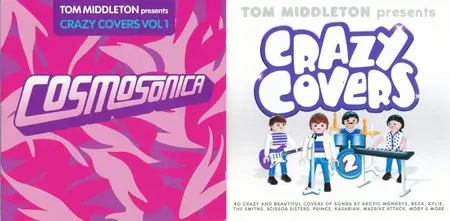
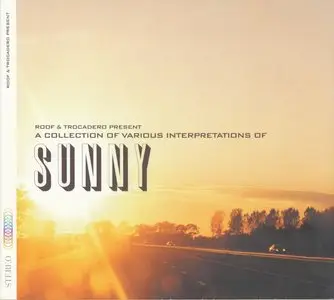
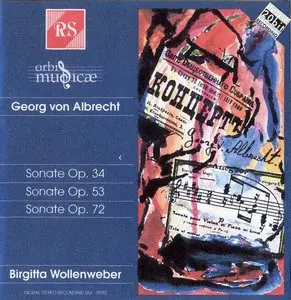
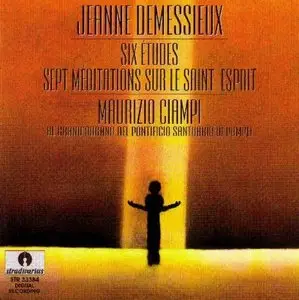
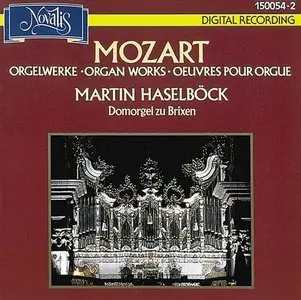
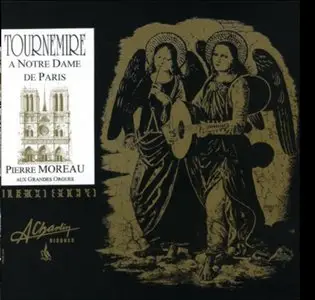
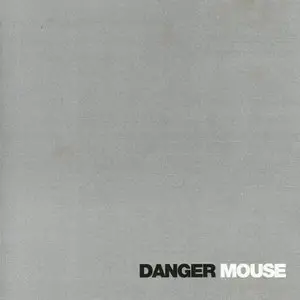
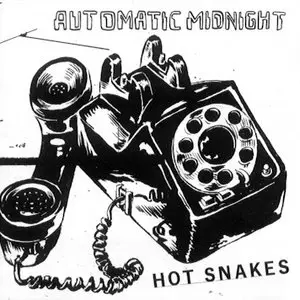
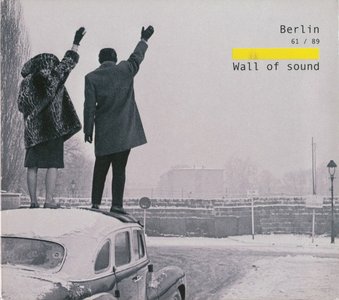

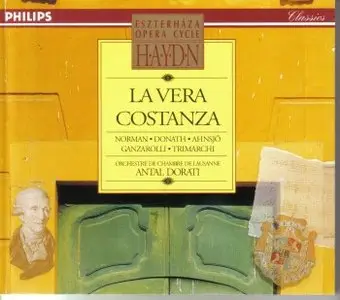
![The Flonzaley Quartet Play Classical Masterpieces · Haydn · Mozart · Beethoven [2CD set] [Re-up]](https://pixhost.icu/avaxhome/8d/89/0011898d_medium.jpeg)